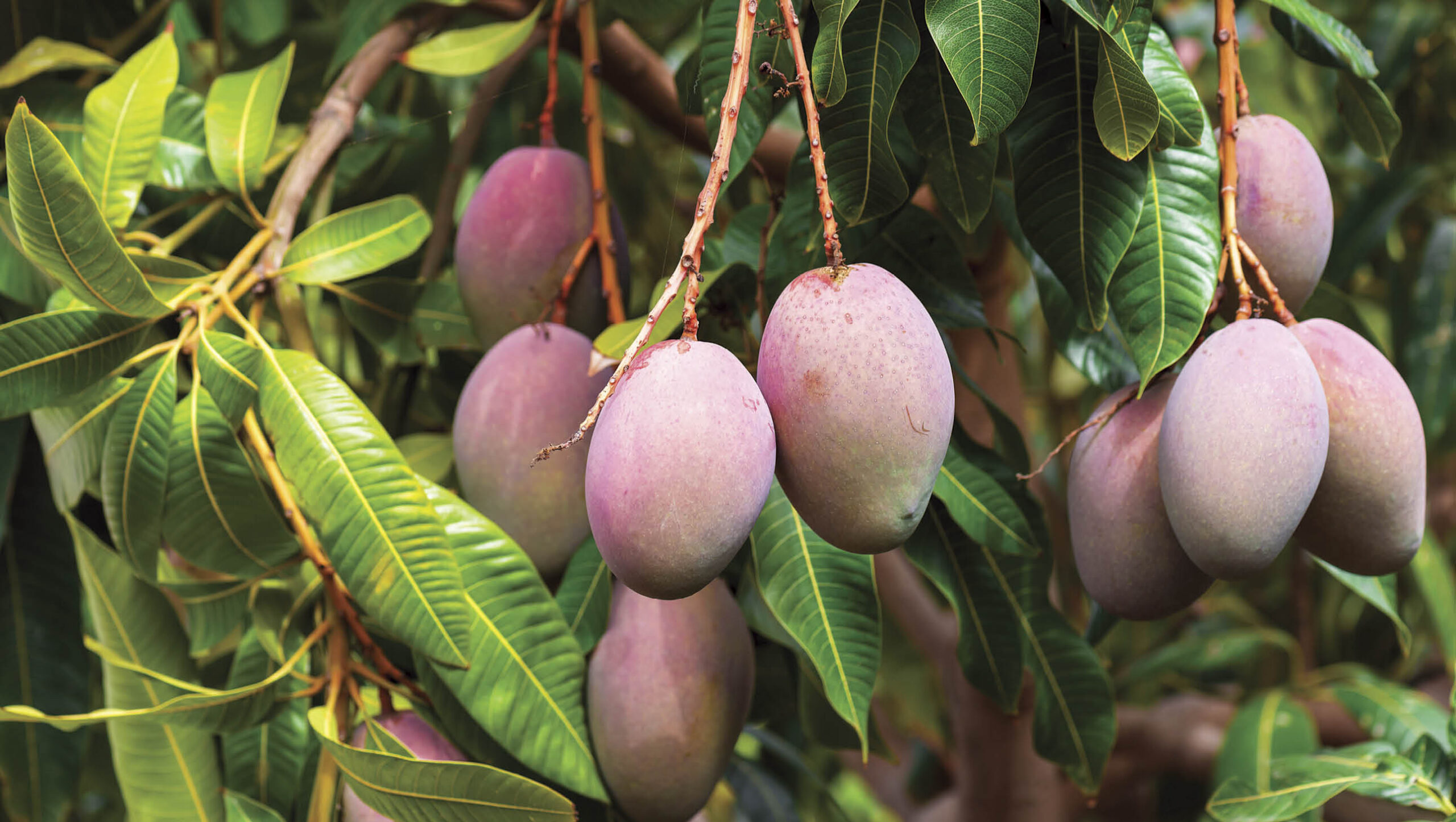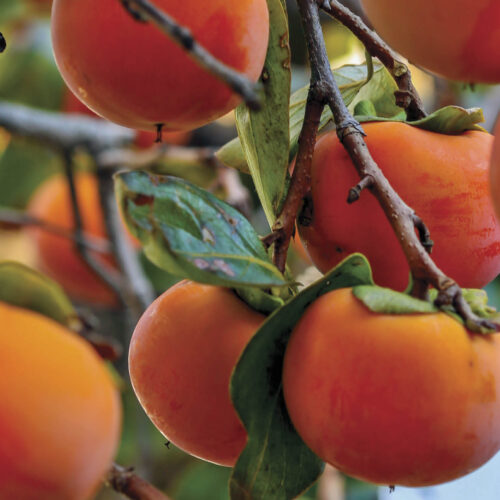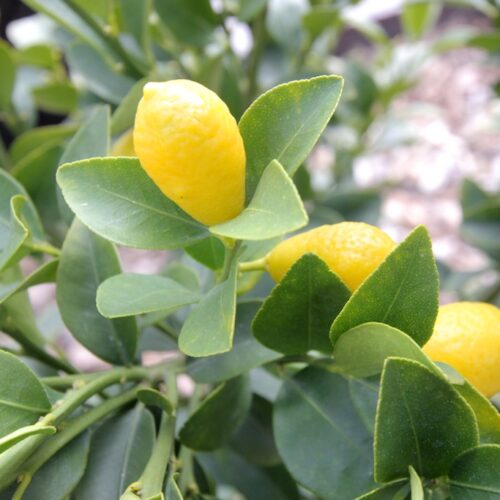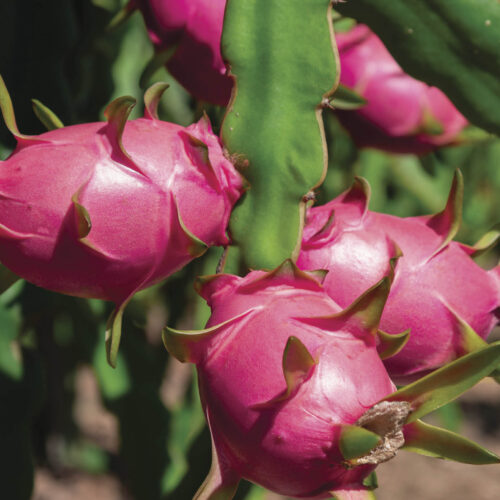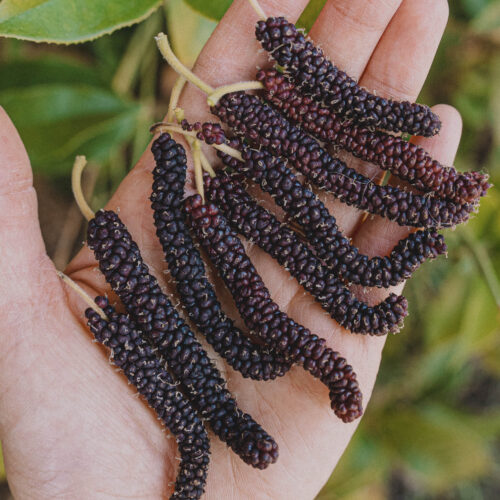Tropical fruits you can grow in your backyard
2023-12-07T01:16:52+11:00
Tropical fruits thrive in summer, which is also a good time to plant and establish them before the cool weather arrives. Phil Dudman profiles some of the popular choices.
You don’t have to live in north Queensland or Darwin to have a go at growing a few tropical fruits in your backyard. These popular fruits can be planted in summer in tropical, subtropical and warm-temperate regions.
Mango
They call it the ‘king of fruits’ for good reason – the flavour, texture and fragrance of mango (main image) cannot be compared, and its golden flesh is packed with vitamins and antioxidants! There are many varieties to choose from, but it’s hard to beat the classic Bowen (or Kensington Pride). They grow quite big, but with annual pruning, straight after harvest, you can keep a tree to 3m x 3m and still enjoy plenty of fruit. Alternatively, try a small compact variety, such as Palmer, which grows to only 3–4m tall. To avoid losing the lot to flying foxes, harvest fruit as soon as they develop a slight blush then finish ripening them in a protected spot undercover.
Pawpaw
It’s the perfect fruiting plant for the impatient. A pawpaw can produce its first fruit within 12–18 months from planting and may carry on producing for 10 years or so. When you’ve eaten a pawpaw that you like, keep and sow some of the seed in pots or directly in ground. They germinate readily. Plants can be male or female. Put in at least three or more, then keep just one male to pollinate the females (cull the rest). Male plants have long flower stalks and female flowers have very short stalks. Nurseries normally sell bisexual pawpaw plants, which have both male and female flowers, so you’ll only need one.
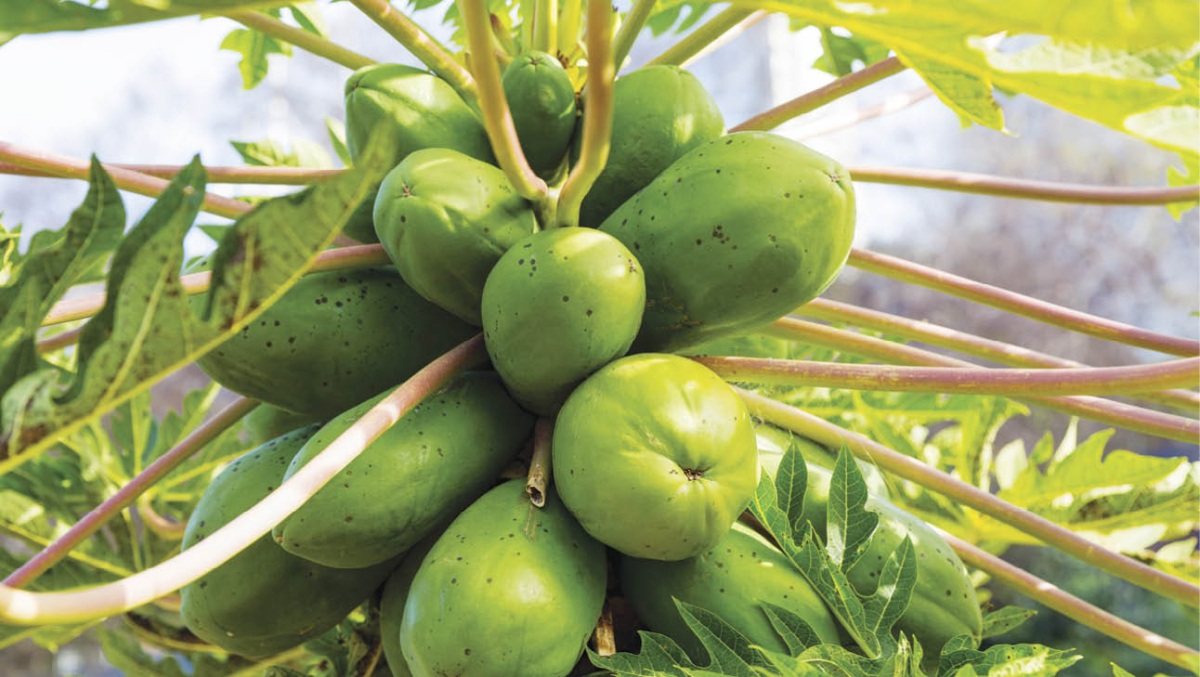
Lychee
The taste of a ripe lychee plucked straight from a tree is something else! Once you’ve tried the fruit, you know you have to grow one yourself. They make great backyard trees, with a dense, rounded canopy of glossy foliage that’s easily managed with annual pruning. Be patient, though; they take a few years to kick into full production, so plant as soon as possible! Be aware, too, lychees often suffer from erinose mite, a sap-sucking pest that causes a reddish-brown velvety growth on the undersides of leaves. To manage it, spray each new growth flush with wettable sulfur, three times at fortnightly intervals.
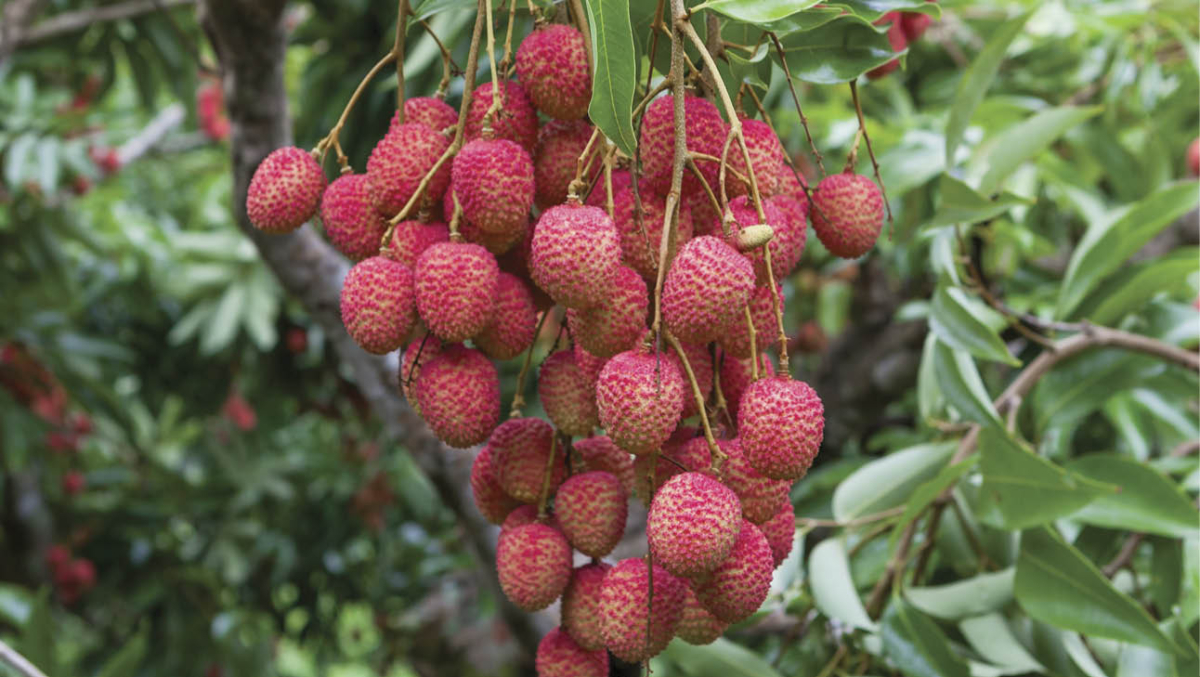
Interested in growing an unusual tropical and warm-temperate fruit, such as longan, babaco or wampee? Phil has written up some growing tips for these fruits and more in our Summer 2024 issue (OG 146). You can get a copy here.


